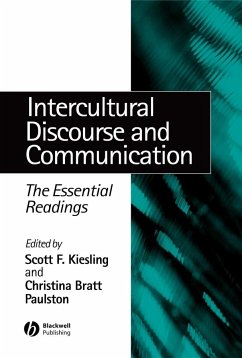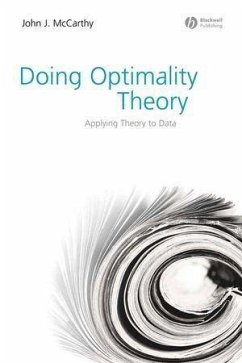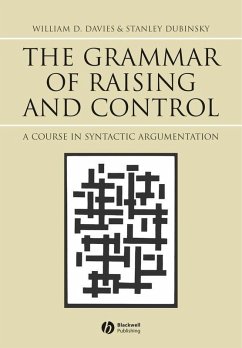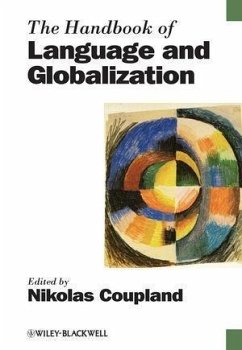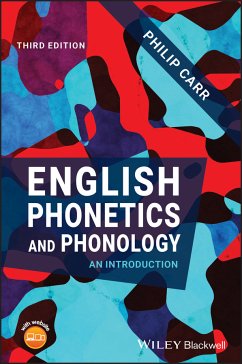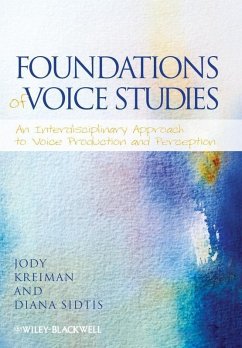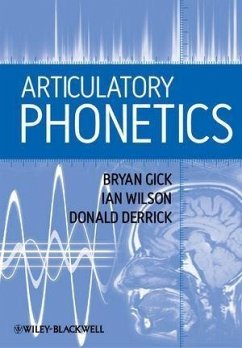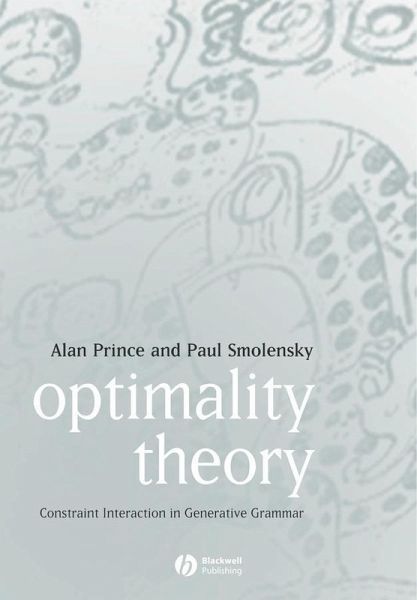
Optimality Theory (eBook, PDF)
Constraint Interaction in Generative Grammar
Versandkostenfrei!
Sofort per Download lieferbar
115,99 €
inkl. MwSt.
Weitere Ausgaben:

PAYBACK Punkte
0 °P sammeln!
This book is the final version of the widely-circulated 1993 Technical Report that introduces a conception of grammar in which well-formedness is defined as optimality with respect to a ranked set of universal constraints. Final version of the widely circulated 1993 Technical Report that was the seminal work in Optimality Theory, never before available in book format. Serves as an excellent introduction to the principles and practice of Optimality Theory. Offers proposals and analytic commentary that suggest many directions for further development for the professional.
This book is the final version of the widely-circulated 1993 Technical Report that introduces a conception of grammar in which well-formedness is defined as optimality with respect to a ranked set of universal constraints.
- Final version of the widely circulated 1993 Technical Report that was the seminal work in Optimality Theory, never before available in book format.
- Serves as an excellent introduction to the principles and practice of Optimality Theory.
- Offers proposals and analytic commentary that suggest many directions for further development for the professional.
Dieser Download kann aus rechtlichen Gründen nur mit Rechnungsadresse in D ausgeliefert werden.



